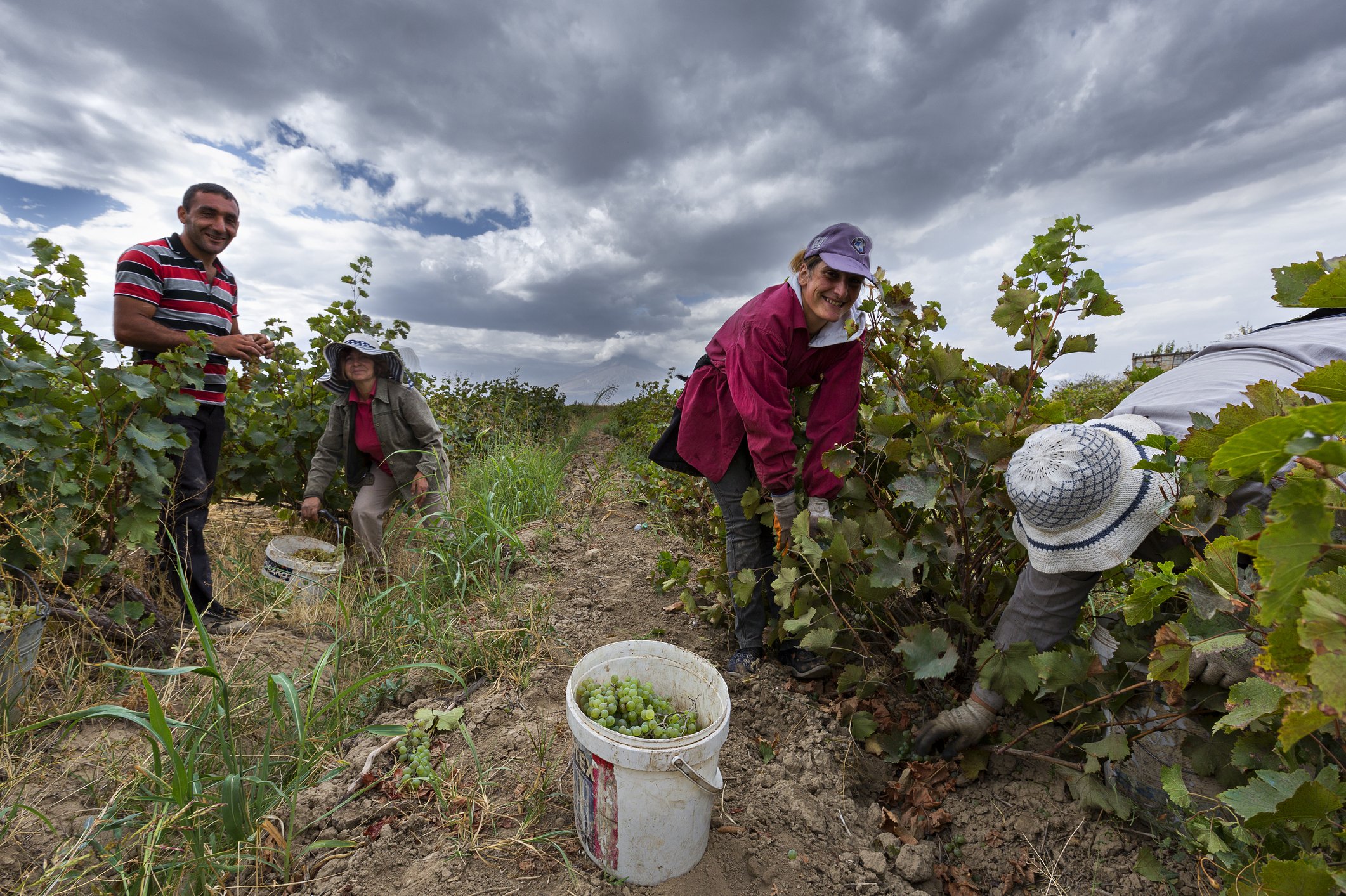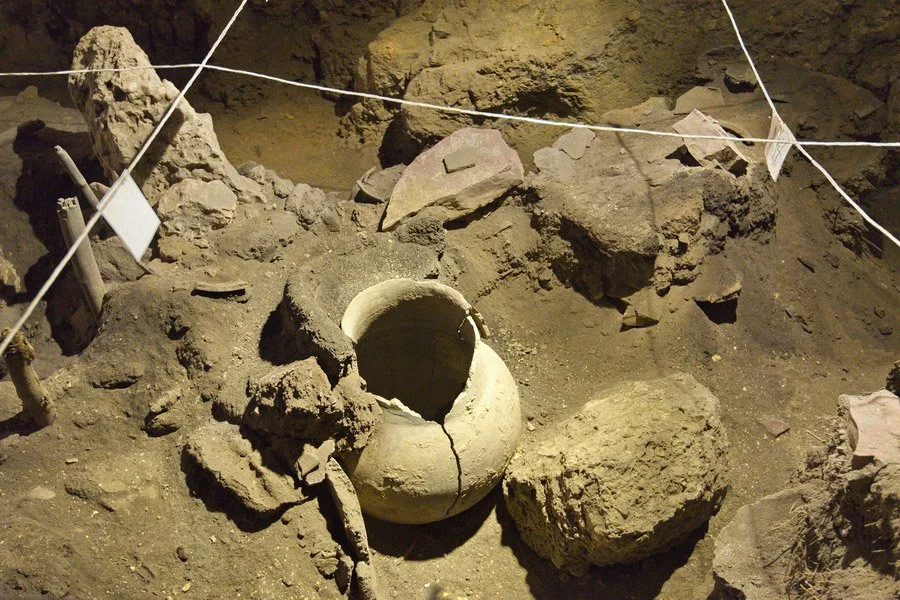
History
Armenia - Where Winemaking Was Invented
"When Noah ran aground on Ararat, he not only released all animals but also planted the first vine into the sunny hills of Ararat". A few years ago, scientists working on behalf of international universities and the National-Geographic Society found evidence confirming this legend. While excavating not far from Mount Ararat, archeologists discovered a 6100-year-old wine press and karasi (clay amphoras) containing some grape seeds. This proved that wine-making was already being carried out at a fairly high level in the region at the time, and Armenia is therefore considered to be the cradle of wine-making. This tradition had its highs and lows over the centuries, with interruptions due to repeated Turkish, Persian and Arab invasions, but the numerous amphoras, statues and cuneiform tablets confirm that the art of Armenian wine-making has existed for 6000 years or even longer.
ARENI - The First Wine Grapes
The village of Areni lies in the area of Vayots Dzor, in the southern part of Armenia. At about 1000 metres above sea level, it enjoys ideal conditions for quality wine-making. Due to its dry continental climate, there is a significant diurnal temperature variation, with high temperatures in the day and cool nights; the contrast is equally dramatic between summer and winter. The soil is rocky but rich, the summer days are long and sunny. Under these conditions, grapes of the Areni variety mature to full intensity and quality. Without a doubt, this variety of grapes , which originated here in Armenia, is the very best in the world.
The most widespread and renowned varieties are Areni Noir, Garan Dmak, Voskehat, Kangun, Kakhet, Muscat Vardabuir and Hakhtanak.
In recent years, Armenian wines have competed successfully in wine challenges winning gold ans silver medals in Canada, China, England, France, Spain, Germany, Netherlands, USA and Russia.


